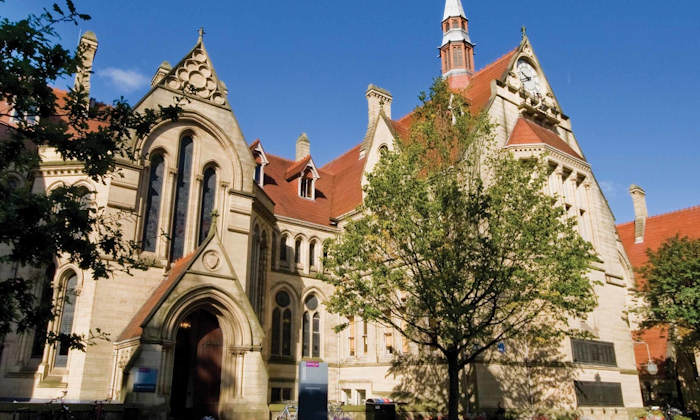Our University gender pay gap
14 Mar 2019
Our annual gender pay gap report for 2018 is now available

Dear colleagues,
Today we have published our annual gender pay gap (GPG) report that measures differences between the average (mean and median) earnings of men and women. The report is a snapshot of data taken every year and is mandatory for all organisations in the public sector.
Last year, in the first report under the new legal requirements, we compared quite well in the sector on the average GPG. In relation to other Russell Group universities we had the narrowest mean GPG at 17.1% and the fourth smallest median GPG at 13.1%. There is insufficient data published at this time for us to see how our 2018 results compare, but analysis will be undertaken soon after the deadline for publication has passed so we can continue to monitor how we are positioned within the sector.
This year we are pleased to report that the median pay gap has shrunk a little from 13.1% to 12.0%. The mean pay gap has risen from 17.1% to 18.4%. It arises primarily from an increase in the number of casual employees engaged at the census date for data used in the report and we do not believe it indicates a trend for the gap to widen.
We are committed to closing our gender pay gap. The evidence from our equal pay audit (which we undertake with the trade unions every two years) confirms that we do not have significant gender pay gaps within Grades 1 to 8 and all but two of our senior pay bands (i.e. within Grade 9 and at Professorial level), so this is not the root of the problem.
The main factors contributing to the gap - as in most organisations - are that women are under-represented in the better paid job areas in the University, including senior academic grades and PS Grades 8 and 9. Additionally, women are over-represented in many roles at lower grades and rates of pay.
We take our commitment to equality, diversity and inclusion seriously as demonstrated by our published target to increase the percentage of women in senior academic positions to 44% (as well as our targets to redress the under-representation of BAME men and women in PS and academic positions). The figure is currently 31.4% having risen from 23.2% in 2009.
The actions we are taking to continue to close the gap focus on ensuring we have fair recruitment, selection and promotion policies in place and that Athena SWAN action plans are effectively implemented and monitored across the University. Our policies and procedures are actively reviewed to ensure they are accessible and free from bias, and we take pride in the wide range of support that is available to all our staff. We are also actively seeking new opportunities to assist women to progress to the next level of their career.
Karen Heaton
Director of Human Resources
Further information
